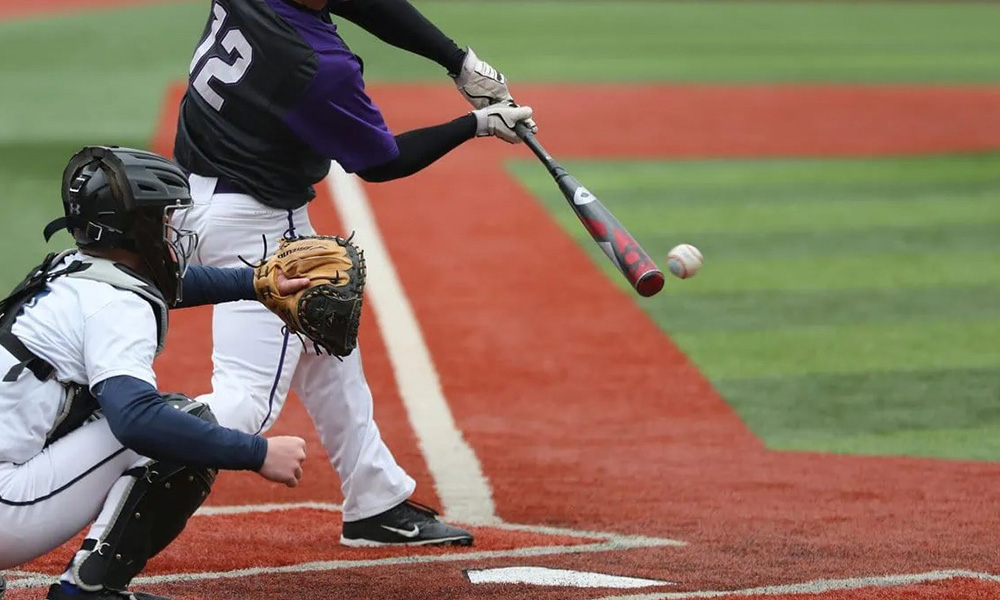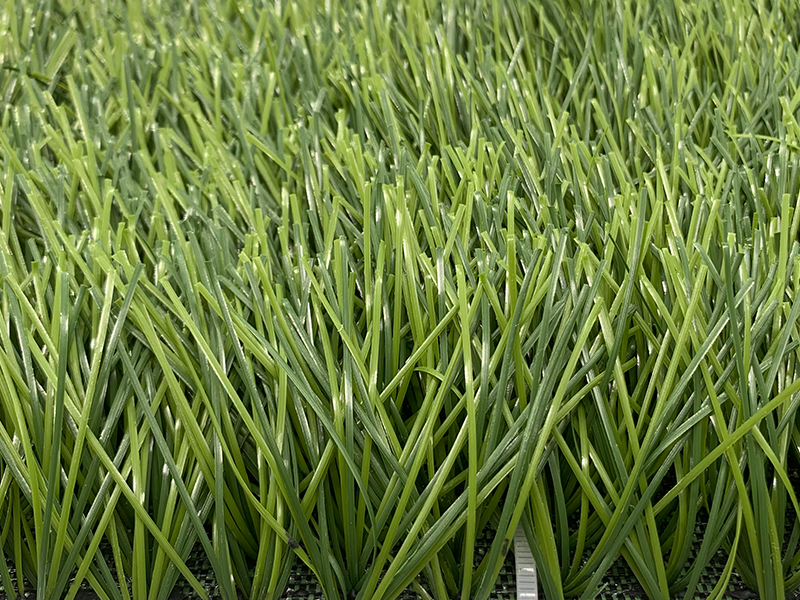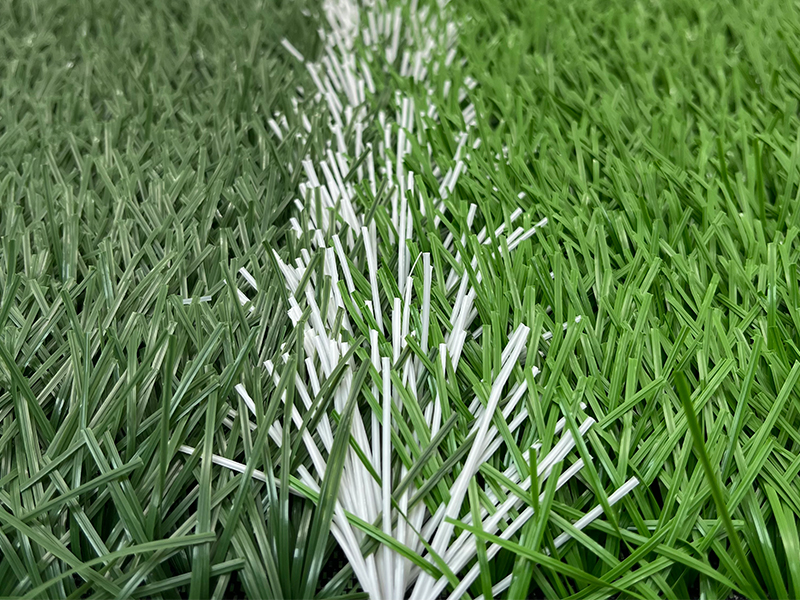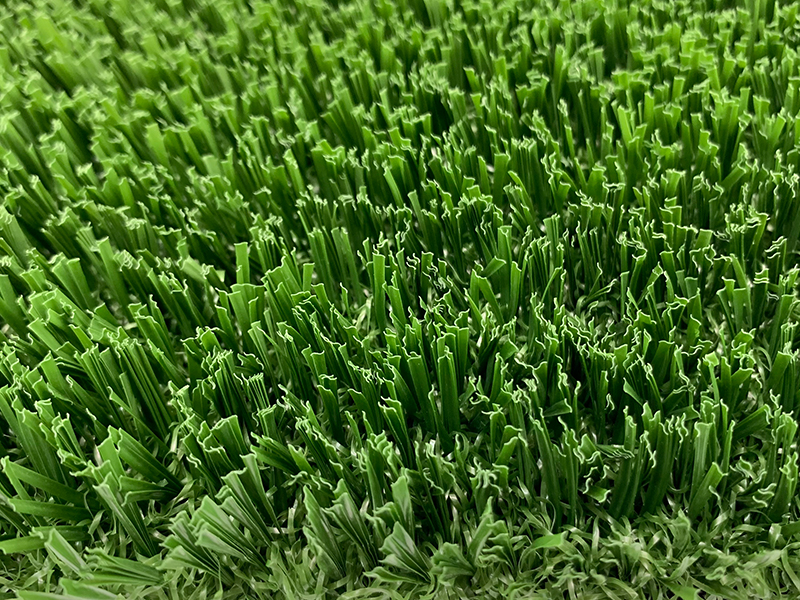Why Choose Artificial Turf for Your Cricket Pitch
In cricket, the quality of the pitch directly impacts match outcomes. Traditionally, cricket grounds typically used natural turf, but this is highly susceptible to weather conditions. In recent years, many cricket grounds have started using artificial turf. This is because it has many benefits.
Understanding Turf Cricket Grounds
Artificial turf cricket pitches are an ideal choice for sports venues. They function identically to natural grass pitches without the need for extensive maintenance. This durable synthetic surface is suitable for both indoor and outdoor training and matches. Most importantly, artificial turf keeps its shape and works well in any weather. This makes it a good choice for cricket enthusiasts.
UNIGRASS artificial grass for cricket pitch
Artificial Grass Pro 13MM
UNIGRASS artificial turf withstands high temperatures and resists freezing. Its high density eliminates the need for infill, featuring an exceptionally dense pile and outstanding wear resistance.
| Model Name | UNI-Put Pro |
| Pile Height | 13MM |
| Dtex | 8500D |
| Density | 71400 |
| Color | Field/Forest Green |
| Roll Size | 2*25m,4*25m, Length customized |
| Application | Golf, Hockey, Cricket, Hotel, Home , Decoration, Event etc |
How is an Artificial Grass Cricket Pitch Built?
1. Laying the Foundation
First, excavate the site and construct a level, well-drained, solid base using materials like crushed stone. This is crucial for preventing water pooling and deformation in the future field.
2. Installing Artificial Turf
Next, unroll large rolls of artificial turf on-site, cutting and joining them according to the field dimensions. Professional installers ensure seamless seams, creating a cohesive appearance across the entire field.
3. Filling with Quartz Sand
This is a crucial step. We evenly distribute specialized quartz sand between the grass fibers. This process is called "infill." It improves stability, keeps the grass fibers standing up, and affects how high the ball bounces and how fast it rolls.
4. Final Brushing and Inspection
After infill completion, specialized equipment combs the grass fibers to distribute sand evenly and embed it deep into the turf base.Finally, field flatness and ball speed are tested to ensure compliance with standard competition requirements.
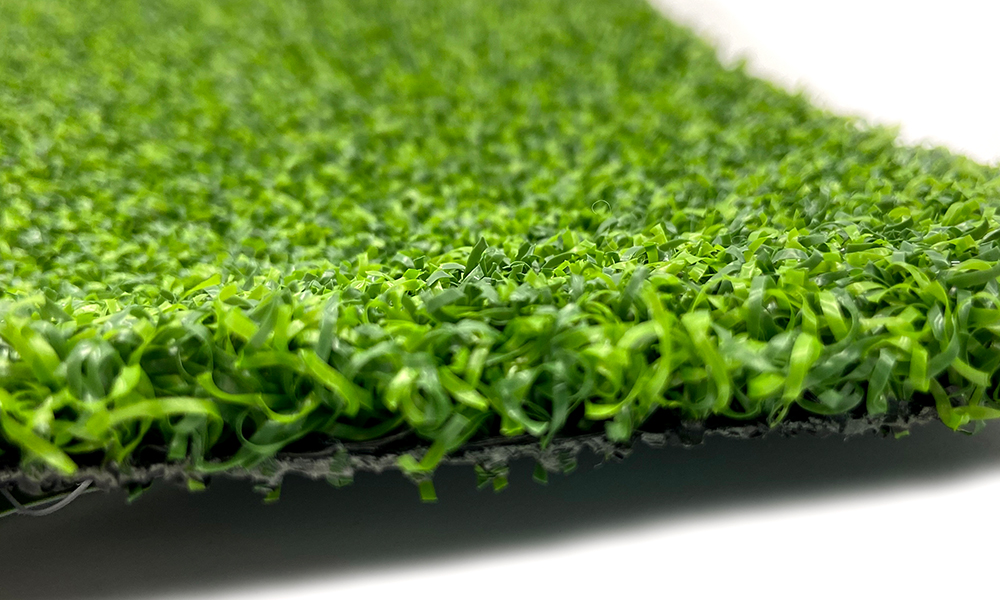
Key Benefits of Artificial Grass for Cricket Pitches
· Flexible Customization: Artificial turf is easy to customize for your club. Adjust field speed, improve ball bounce, or create ideal conditions for your game plan—this cricket pitch grass offers flexible options to help your team play better.
· All-weather use: Natural grass performance drops fast in bad weather—rain, high heat, and more ruin its quality. Artificial turf, though, is built to stay in great shape no matter the weather, giving your games reliable support.
· Stability and reliability: Artificial turf is stable and reliable for cricket fields. Unlike natural grass (uneven from weather/use), this cricket pitch turf stays consistently level. Players showcase their best skills without worrying about field changes.
· Safety Assurance: Artificial turf cricket pitches put player safety first. The smooth surface and good shock absorption cut down on injury risks from uneven ground. Players get a safer place to play.
· Low maintenance: Natural grass needs lots of work—mowing, watering, and pest control often. Artificial turf? It needs almost no daily upkeep but still gives a top-notch playing surface. Save time and cut maintenance costs!
· Excellent durability: Cricket games are hard on fields—lots of running, sliding, and hitting. Artificial turf is tough and resists wear, staying in good shape even with heavy use. It lasts longer, saving clubs money over time.

How long does artificial turf last for a cricket pitch?
The lifespan of artificial turf for a cricket pitch is usually 6 to 10 years, depending on the following factors:
Turf Quality:
High-quality artificial turf uses high-quality fibers and weaving technology to provide better wear resistance and longer life.
Use intensity:
If the field is used for a long time and intensively (such as frequent matches or training), the turf will wear faster and its lifespan will be shortened accordingly.
Maintenance status:
Regular maintenance (such as cleaning up garbage, replenishing filling materials, and combing grass fibers) can significantly extend the lifespan of the turf.
Climate influence:
Extreme weather (such as strong UV rays, high temperatures or low temperatures) may affect the aging rate of the turf. Turfs with UV-resistant and weather-resistant designs can better adapt to harsh environments.
Suggestions for increasing the lifespan of the turf
| Maintenance Category | Suggestion |
| Filler Management | Regularly inspect and replenish fill material (such as quartz sand, rubber granules). |
| Avoid heavy pressure | Avoid heavy machinery or vehicles driving over the lawn for extended periods. |
| Cleaning and Maintenance | Regularly clear rubbish and foreign objects from the site. |
For premium cricket grounds, high-quality sports grass such as UNIGRASS is recommended. Made from high-density, wear-resistant materials, it boasts a lifespan exceeding 10 years and is suitable for high-traffic sports facilities.


